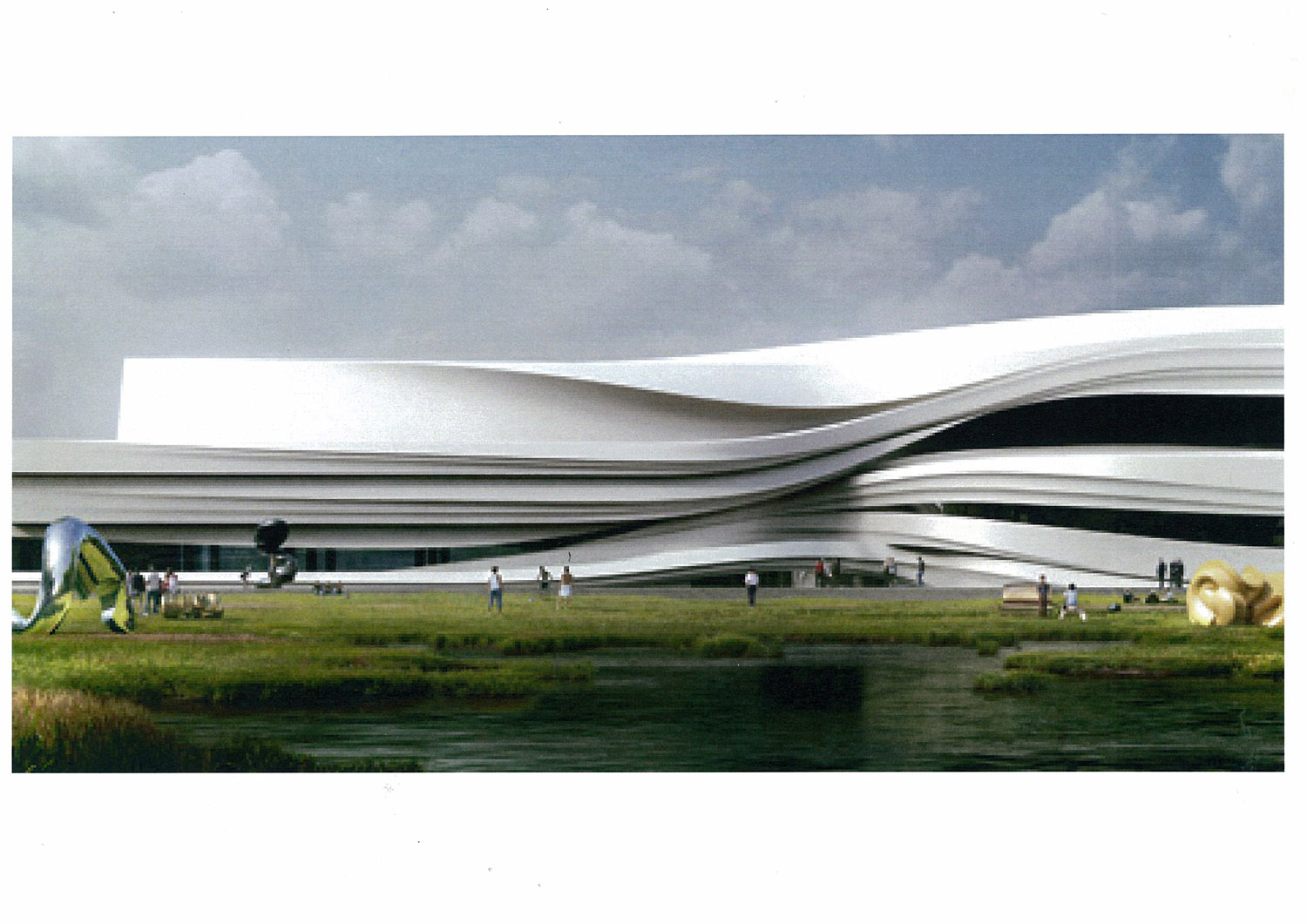@brookefox said:
I have not studied your link. I looked but the images were small and not very revealing. Consider this: the project was originally sculpted in stiff whipped cream and then photo digitized into a 3D model. From there it went into production, and in some cases, it went viral. Try to sculpt it yourself and proceed as they did.
EDIT: No. I am wrong. It was modeled in pulled taffy, then chopped neatly.
There is, however a wealth of filler available to augment the puffing up of the creamed taffy:
@unknownuser said:
The Museum’s massing becomes a diagram of these geological forces visible in the sedimentary creases abundant on the facade. Using parametric techniques we were able to visualise these layers and texturise the facade to implant an identity which echoes time through its weathering. Emulating these natural landform processes frees a language intrinsically linked with ‘Place’ while hinting of this ‘place’ as a time before human history. This Experiment with an abstracted ‘Growth’ of a building has taken the form of accentuating the landscape, creating distinct man made insertions to augment the existing topography and give the museum its identity.
And therein may lie some important clues to guide us in the resolution of this conundrum.
Hi brookefox:
my idea is there might be two way to generate this form:
the first way is more close to pbacot & leminilab's suggestion. draw some curves first, adjust their position and loft them. this method can generate a kind of simulated shape but will have less control and give you less opportunity to play around and generate another form.
the second way is like what you said: to create a mass first, modify the mass by some commonds, like twisting,stretching? this way might have more control but don't know how to do it in detail.

 ) Extrude Tools set (
) Extrude Tools set (
